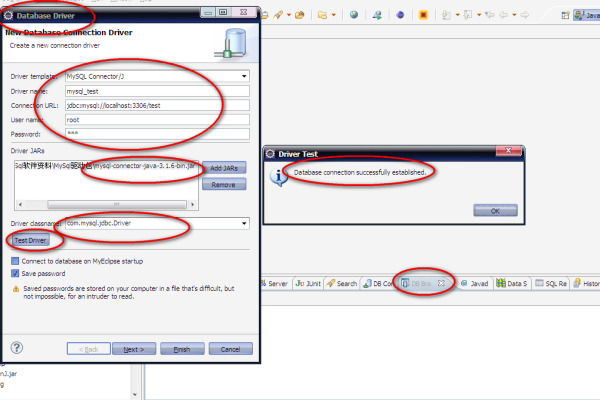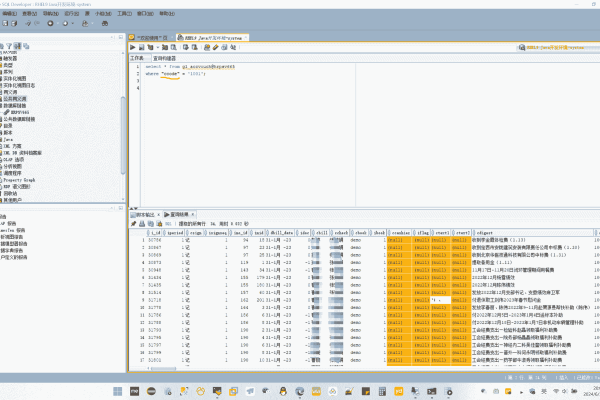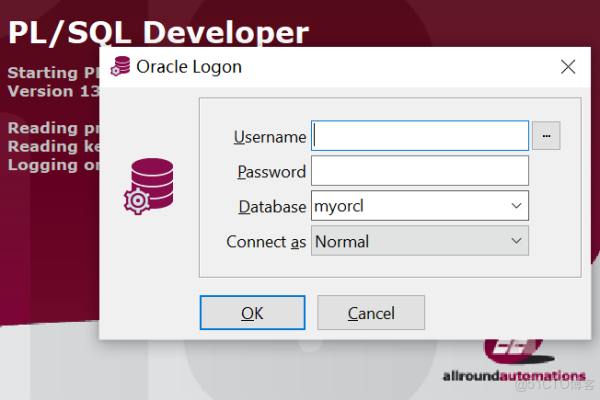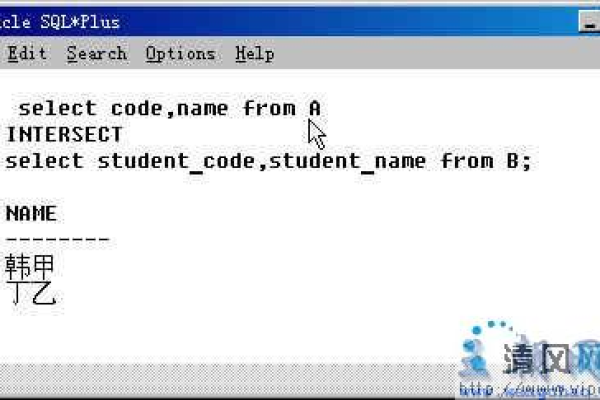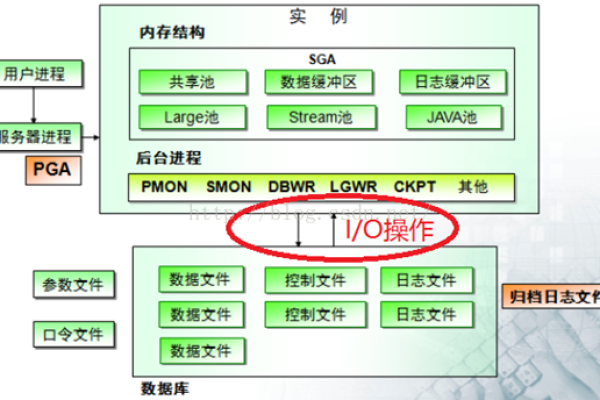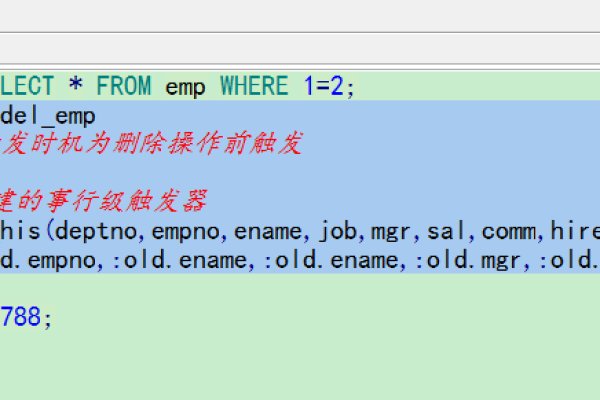oracle blob对应java什么类型
- 行业动态
- 2024-03-08
- 6
Oracle BLOB类型在Java中对应于
java.sql.Blob接口,通常用于表示大型对象,如图像、音频或其他二进制大对象数据。
在处理Oracle数据库时,我们经常会遇到需要操作BLOB(Binary Large Object)类型的数据,BLOB用于存储大量的非结构化数据,如图片、音频、视频等,JDBC 4.0为我们提供了一套标准的API来操作这类数据,以下是使用JDBC 4.0操作Oracle中BLOB类型数据的详细方法:
建立数据库连接
在使用JDBC操作Oracle数据库之前,首先需要确保已经添加了Oracle JDBC驱动(如ojdbc8.jar)到项目的类路径中,接着可以建立一个数据库连接。
import java.sql.*;
public class JDBC_BLOB_Example {
public static void main(String[] args) {
String url = "jdbc:oracle:thin:@localhost:1521:xe";
String user = "username";
String password = "password";
try (Connection con = DriverManager.getConnection(url, user, password)) {
// 执行后续操作...
} catch (SQLException e) {
e.printStackTrace();
}
}
}
读取BLOB数据
要读取BLOB类型的数据,可以使用PreparedStatement和ResultSet。
try (PreparedStatement pstmt = con.prepareStatement("SELECT blob_column FROM blob_table WHERE id = ?")) {
pstmt.setInt(1, 1); // 设置查询条件
try (ResultSet rs = pstmt.executeQuery()) {
if (rs.next()) {
Blob blob = rs.getBlob("blob_column");
InputStream inputStream = blob.getBinaryStream();
// 处理输入流...
}
}
}
写入BLOB数据

向Oracle数据库中写入BLOB类型的数据,可以通过PreparedStatement的setBlob方法来实现。
try (PreparedStatement pstmt = con.prepareStatement("INSERT INTO blob_table (id, blob_column) VALUES (?, ?)")) {
pstmt.setInt(1, 1); // 设置插入的ID值
File file = new File("path/to/your/file");
FileInputStream inputStream = new FileInputStream(file);
pstmt.setBlob(2, inputStream, (int) file.length());
pstmt.executeUpdate();
}
处理大对象流
当处理大型的BLOB数据时,直接加载到内存可能会导致内存溢出,通常采用流的方式逐步处理数据。
byte[] buffer = new byte[1024];
int bytesRead;
while ((bytesRead = inputStream.read(buffer)) != -1) {
// 处理缓冲区中的数据...
}
关闭资源
不要忘记在使用完数据库连接、语句和结果集后关闭它们,以释放数据库资源。

con.close(); pstmt.close(); rs.close();
相关问题与解答
Q1: 如何处理插入BLOB数据时的并发问题?
A1: 在高并发场景下,建议使用乐观锁或悲观锁机制来处理并发问题,确保数据的一致性。
Q2: 如何优化BLOB数据的读取性能?
A2: 可以考虑使用缓存技术,如Redis或Memcached,来缓存频繁访问的BLOB数据,减少对数据库的直接访问。

Q3: 是否可以使用ORM框架操作BLOB数据?
A3: 是的,多数现代ORM框架都支持操作BLOB数据,例如Hibernate和MyBatis等。
Q4: 在处理BLOB数据时,有没有大小限制?
A4: Oracle数据库本身对BLOB类型数据的大小有限制,最大可以存储到几GB甚至TB级别,但具体大小受数据库配置和硬件资源的限制,在应用程序层面,应考虑内存和性能限制来合理处理BLOB数据。

